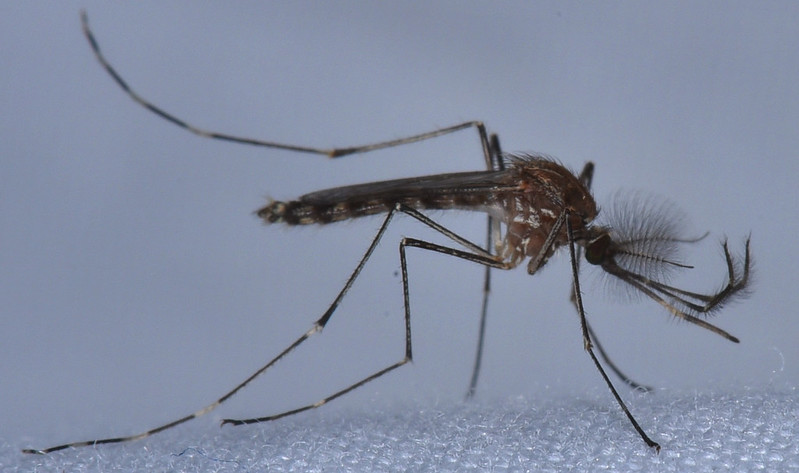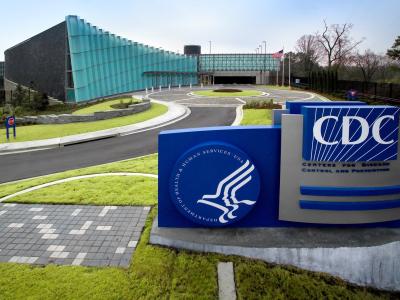
A population-based study in Atlanta highlights the impact of community COVID-19 incidence on racial disparities in invasive Staphylococcus aureus infections, researchers reported this week in Infection Control & Hospital Epidemiology.
Using data from the Georgia Emerging Infections Program, which conducts active population-based surveillance for invasive S aureus infections in the eight-county Atlanta metropolitan area, researchers from Emory University estimated race- and ethnicity-specific incidence rates of S aureus and COVID-19 for mutually exclusive groups of Hispanic, Black, White, and other non-Hispanic groups.
Their aim was to determine whether the well-documented racial and ethnic disparities in COVID-19–related outcomes influenced invasive S aureus incidence, which is higher among Black patients than White patients.
Statistically significant increase in Black patients
From March 2020 through December 2021, there were 4,062 4,062 invasive S aureus infections (including methicillin-resistant and methicillin-susceptible S aureus [MRSA and MSSA]) and 454,489 COVID-19 cases across all counties.
While the correlation between county-level monthly COVID-19 incidence and invasive S aureus incidence was weak, it retained statistical significance among Black patients. The researchers estimated an 8% increase in the rate of invasive S aureus incidence per quartile increase in county-specific COVID-19, but for Black patients, the increase was 9%, compared with a 5% increase among White patients. Hospital-onset cases increased most, at 16% per quartile increase in COVID-19.
"Our data expand on previous findings and suggest that community COVID-19 infection burden is associated [with] not only hospital-onset MRSA bloodstream infection risk but also MSSA bloodstream infection risk, as well as community-onset S. aureus bloodstream infection risk," the study authors wrote. "Moreover, this increased rate affected Black residents ∼60% more than White residents."
















